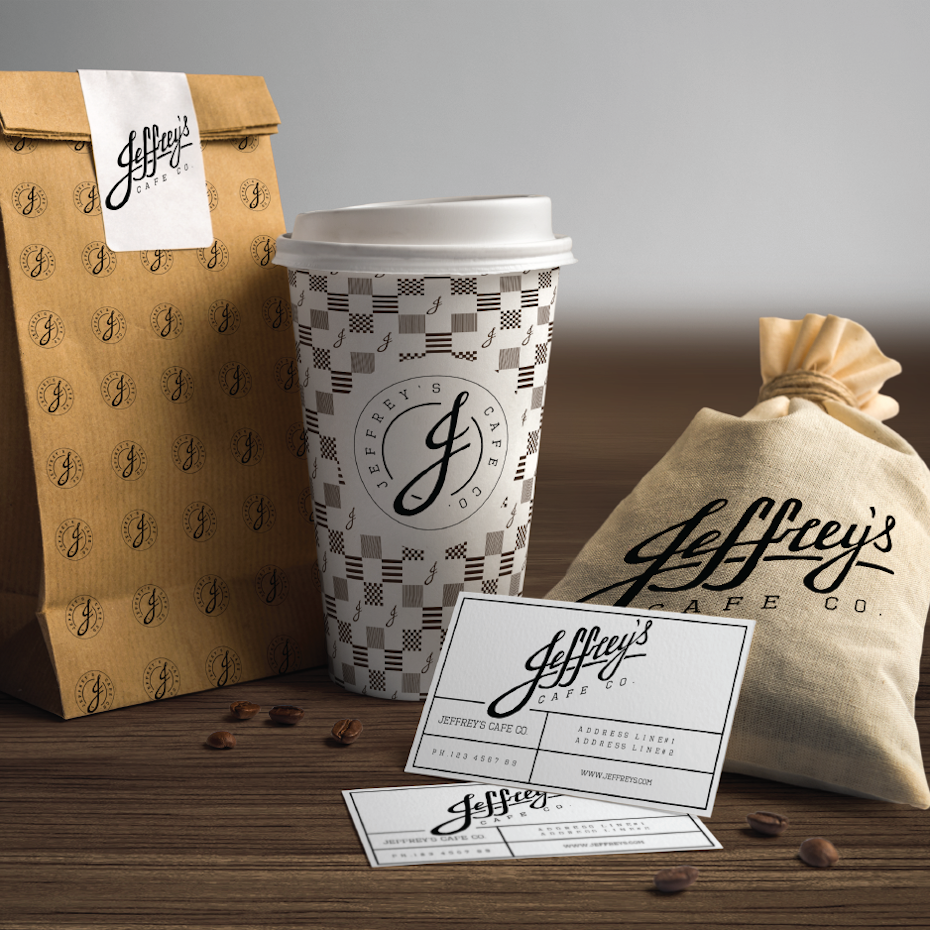The Meaning of Design
To design is much more than simply to assemble, to order, or even to edit; it is to add value and meaning, to illuminate, to simplify, to clarify, to modify, to dignify, to dramatise, to persuade, and perhaps even to amuse.— Paul Rand, Author, Graphic Designer, Teacher
 |

It may be defined as a verb, ‘to create, fashion, execute, or construct according to plan’. However, a more specific definition will capture how the meaning of design has evolved. To design is to plan the creation of a new product, service or system to solve a specific problem with the intention of improving human experience.
I discussed the importance of design when I wrote about technology.
History
History of design generally lends itself to the evolution of industrial design. You might also think of graphic design, property design or fashion design. It is traditionally seen as creating anything new that is tangible. However, you can also look into the history of designing the intangible — a customer experience (McDonalds), a technique, a service or network. Even the way information is presented has been redesigned for easier absorption (like infographics). Images that may have started out as primitive sketches and drawings have evolved to infographics and image-heavy SlideShare presentations. Code systems have been designed as a new language.
The most primitive form of non-verbal communication came in the form of pictographs, symbols that we used to communicate ideas to each other. To evolve into more abstract ideas, we developed a form of communication called the alphabet — one for every language — that allowed us to communicate ideas that could not be translated through pictographs as clearly.
Perhaps only ideas that cannot be communicated in pictures should be in writing.
It evolved into more sophisticated written language, with the development of Chancery Cursive script in 1420. Writing evolved from ancient typeforms to modern typeforms, graphic design and 3D lettering. It has been an evolution of design in writing and conveying ideas.
Basic Design Principles
As already mentioned, there is no real consensus in the design community about what the main principles of design actually are. That said, the following twelve principles are those mentioned most often in articles and books on the subject.
Contrast
One of the most common complaints designers have about client feedback often revolves around clients who say a design needs to “pop” more. While that sounds like a completely arbitrary term, what the client generally means is that the design needs more contrast.
Contrast refers to how different elements are in a design, particularly adjacent elements. These differences make various elements stand out. Contrast is also a very important aspect of creating accessible designs. Insufficient contrast can make text content in particular very difficult to read, especially for people with visual impairments.
Balance
Every element of a design—typography, colors, images, shapes, patterns, etc.—carries a visual weight. Some elements are heavy and draw the eye, while other elements are lighter. The way these elements are laid out on a page should create a feeling of balance.
There are two basic types of balance: symmetrical and asymmetrical. Symmetrical designs layout elements of equal weight on either side of an imaginary center line. Asymmetrical balance uses elements of differing weights, often laid out in relation to a line that is not centered within the overall design.
Emphasis
Emphasis deals with the parts of a design that are meant to stand out. In most cases, this means the most important information the design is meant to convey.


1 Comments
Regular Mathematics Optional Classes
ReplyDeleteHi! You can suggest me to improve our website.